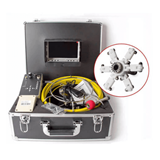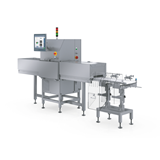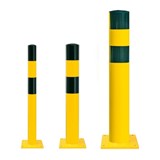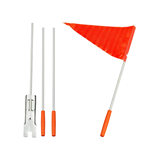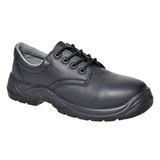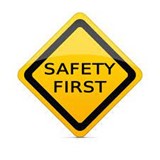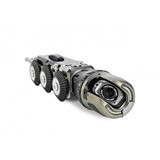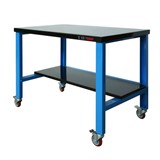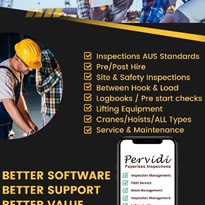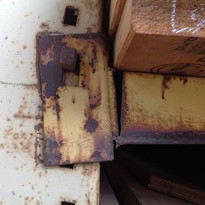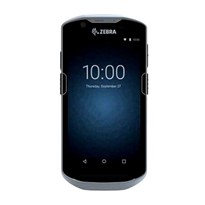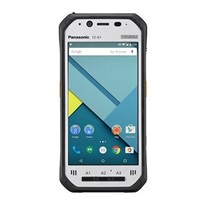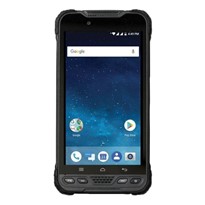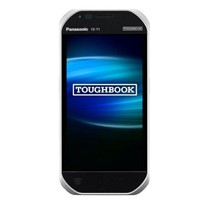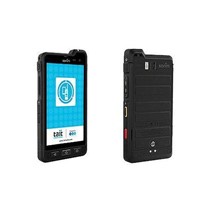The first step is to identify the safety inspection requirements and how you will use this data. Safety inspections typically involve inspecting assets, equipment, machinery, processes or facilities to ensure that they are safe to use by all stakeholders, employees, visitors and general public.
As the safety inspection software (Including the mobile app.) is adjusted to match a business intended means of use, consideration of the mobile devices must be given in order to complement the solution and allow inspectors and field personnel to optimize their time spent performing safety inspections. Operators must understand and consider the ramifications of their choice of mobile device. To weigh in which mobile device be most beneficially, like most business decisions, cost analysis is an important tool to analyse whether a device will benefit a business and allow comparisons to alternatives. Accordingly, when deciding which mobile device will be most appropriate for your safety inspections, factors such as mobile safety inspection application, as well as mobile device specifications must all be considered.
Here are some of the considerations:
Safety Inspection Application
The main consideration when choosing a mobile device for your safety inspection requirements is the Safety Inspection Application you will use, it will determine the features you can access and utilise. The Safety Inspection Application should be easy to use and navigate, allowing for quick and efficient safety inspections. The user interface should be user friendly and intuitive and requiring minimal training for the safety inspector to become expert in its use.
The safety inspection app features should include:
Off line capabilities- Essential consideration when performing safety inspections in areas with no connectivity (e.g., remote areas, underground, basements etc.)
Speech to Text- Ability to create and store notes verbally.
GPS/Time/Date stamps: Ability for automatic GPS/Time/Date stamps.
Camera Ability and Quality: Ability to take photos during the safety inspection.Mobile Device features
Mobile devices differentiate with the product’s specifications and capabilities. Safety inspectors must consider what is needed for an effective safety inspection to be made.

Mobile device factors that should be consider are:
1. Consumer vs. Enterprise
Safety inspections are often performed on the field and exposed to numerous
elements which may damage or break the device. Consumer devices such as
smartphone and tablets although robust are simply not made for certain
environments. As such, industrial grade mobile devices allow inspectors a more
durable option. There are numerous reasons for organisation to consider opting to commercial / enterprise grade. For example: durability, security, accessories, longer product life cycle and manufacturer support.
But one of the important factors is the Total Cost of Ownership (TCO). An industrial device simply last longer, research by Venture Development Corporation (VDC) of Total Cost of Ownership (TCO) models surveyed a broad range deployment and reported TCO annual savings were up to 17% in Field Profession applications and 32% in Supply Chain application for industrial/Enterprise mobile devices deployments.
Consumer mobile devices often provided business with an effective solution to
complete inspections. These products are often available at local retail outlets initially seem like the logical and most cost effective solution. However, for many businesses, enterprise grade hardware is needed to effectively conduct safety inspections
through its specific features that consumer devices aren’t equipped with.
2. Rugged vs. non rugged
By opting for a rugged device, it may allow for the following:
- Access to harsh environments: Rugged devices with high IP (Ingress Protection) and sealing provide inspectors and operators the ability to use hardware in certain environments where an unprotected device wouldn’t be recommended. An example of this is that non rugged devices can only operate in ‘normal’ temperature, once the mobile device is operated outside the temperature range it may lead to premature failure.
- Increased productivity: Equipping employees with durable mobile devices allows them to focus on the tasks and inspections at hand. Unprotected / non rugged hardware is prone to be damage and break which can disrupt and often halter workflows.
3. Other mobile device functions features
Other features to be considered are:
Camera Ability and Quality: This feature is an essential consideration for safety
inspections that require photo documentation. Zoom ability, low light capability and high-resolution imagery (e.g. at least 12 megapixels) should be considered.
Screen Size: How big the screen needs to best host the safety inspection software and record data. A larger screen size can make it easier to view inspection data, and to navigate through safety inspection application. However, larger screens also mean larger devices, which can be less portable and more cumbersome for the safety inspector.
Touch Screen: Ability to draw & make notes on the screen while having gloves on
Hardware Size: The convenience and mobility working with the device
Storage: Ability to store large files and data banks. Look for a mobile device with
ample storage capacity. A mobile device with at least 64 GB of internal storage or a mobile device with expandable storage options, such as a microSD card slot.
Battery life: Safety inspections can be time-consuming, and a device with a short
battery life may not be suitable. The device should have a long-lasting battery that can last for the duration of the safety inspection, without the need for frequent recharging.
Media readers- Ability to read tags and barcodes, NFC (Near Field Communication), RFID (Radio Frequency Identification) and barcode scanning.
Connectivity - The mobile device should also have a range of connectivity options, including Wi-Fi, Bluetooth, and Mobile/SIM/cellular connectivity. This allows for the transfer of data and photos to and from the device, regardless of the location or environment of the safety inspection
Intrinsically Safe - Intrinsically safe mobile devices are built with specific safety features that prevent electrical sparks and high temperatures from occurring. Intrinsically safe mobile devices are commonly used in industries such as oil and gas, and mining where explosive gases, dust, or liquids are present.

Summary
In conclusion, Organisations must firstly identify the means of use for their safety
inspections, determine clear expectations of mobile devices life and consider what factors are needed to be catered to. The correct choice of mobile devices will have huge influence on the productivity of inspectors and operators, reduced rates of device failures and wireless transmission failures and a high percentage of maintenance covered by warranty. The size and scale of the safety inspections at hand can definitely plays a role when choosing the correct mobile device. For storage facility inspecting and recording inventory, their non-rugged mobile phone / tablet can be fitted with the appropriate software. In comparison, a large organization may have a fleet of inspectors working remotely and require them to conduct inspections that last hours in which require transferable batteries.
For many organisations, consumer products may seem like a solution due to their accessibility and established awareness of the product however; these products ultimately can provide organisations with a range of obstacles and problems.


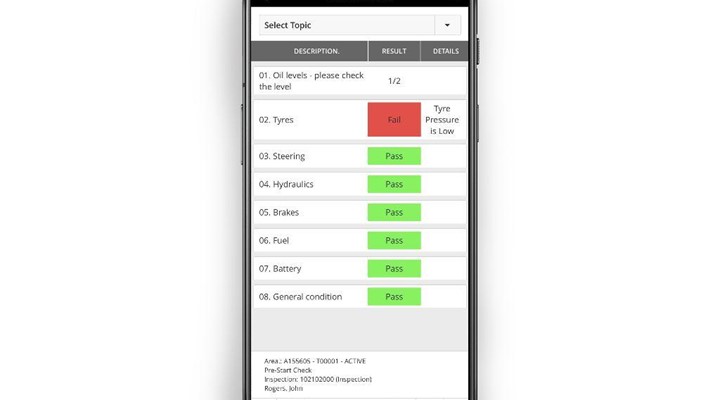


-160x160-state_article-rel-cat.png)
